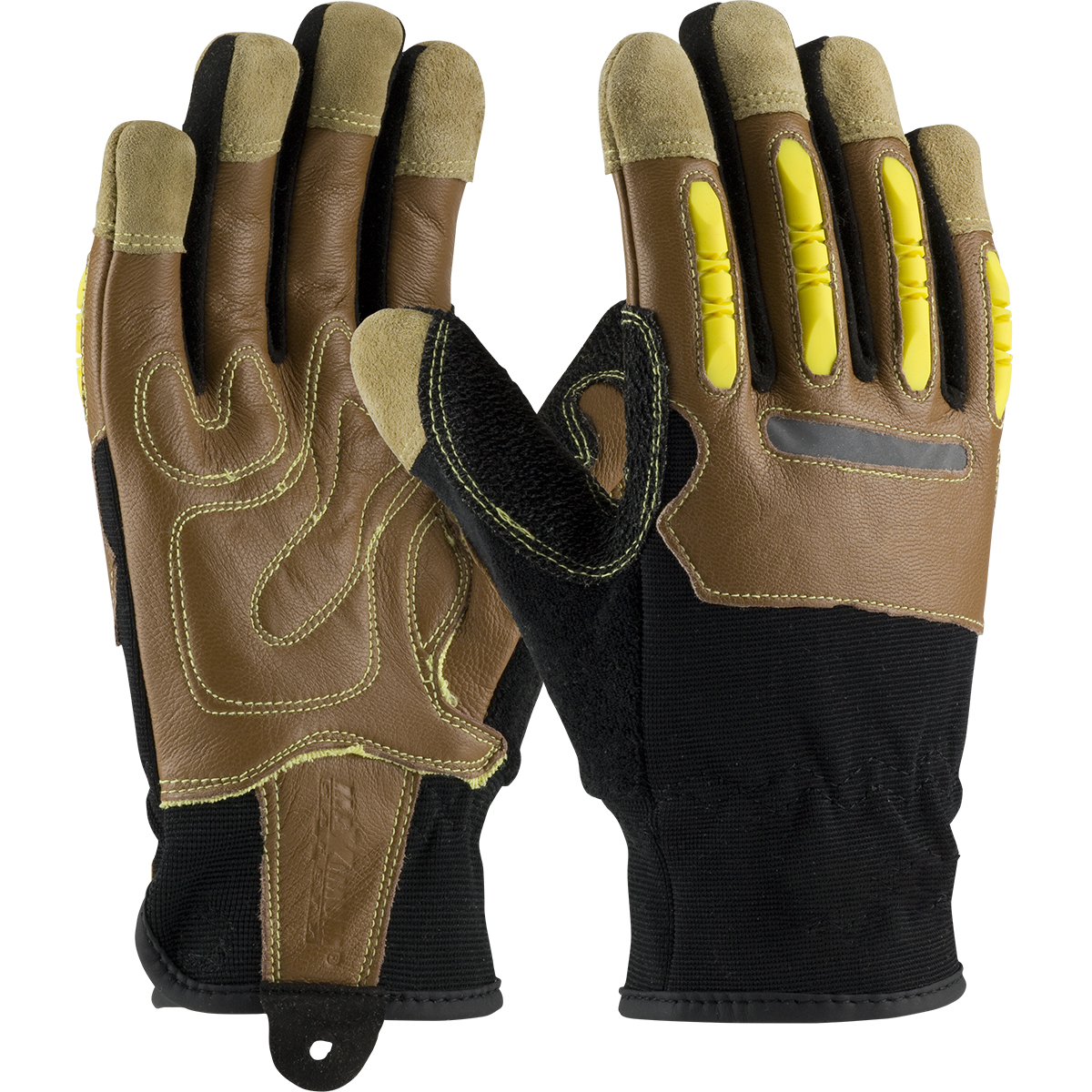Ideal for heavy/light construction, auto repair, demolition, manufacturing, mining, fabrication, landscaping.
- Reinforced Goatskin leather palm and back provides the softest, most abrasion-resistant leather and is highly recommended for applications requiring tactile sensitivity
- Nylon spandex fabric for comfort and breathability
- Kevlar® blended lining offers comfort, enhanced cut protection and good heat dispersion
- Internal foam padded palm absorbs and dampens shock
- Split Goatskin leather fingertips for added protection
- Thermo Plastic Rubber (TPR) molded finger guards for maximum protection
- PVC sandy grip on extended thumbcrotch and thumb provides an enhanced grip and extra cut/abrasion resistance
- Micro cotton thumb for comfort
- Reflective knuckle tape makes this product easy to see in low-light applications
- Slip-on cuff with hook & loop button closure for easy on/off and a secure fit

 Safety HelmetsTraverse™280-HP1491RVM
Safety HelmetsTraverse™280-HP1491RVM
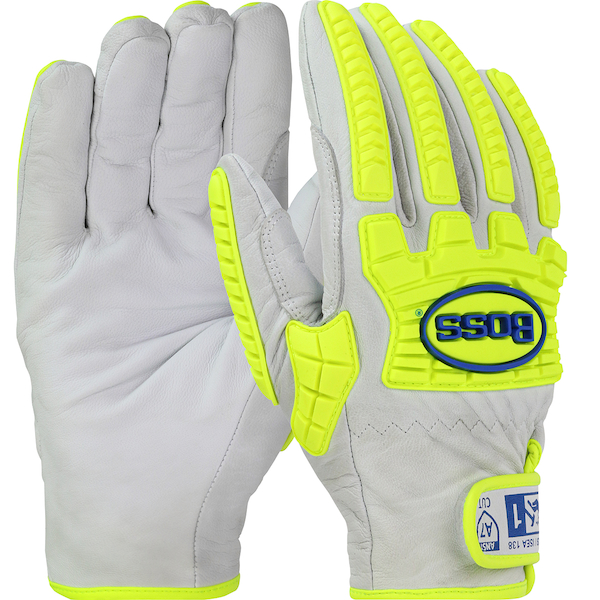 Hi Performance GloveBoss®9916
Hi Performance GloveBoss®9916
 Safety HelmetsKilimanjaro™280-HP642R-CH
Safety HelmetsKilimanjaro™280-HP642R-CH
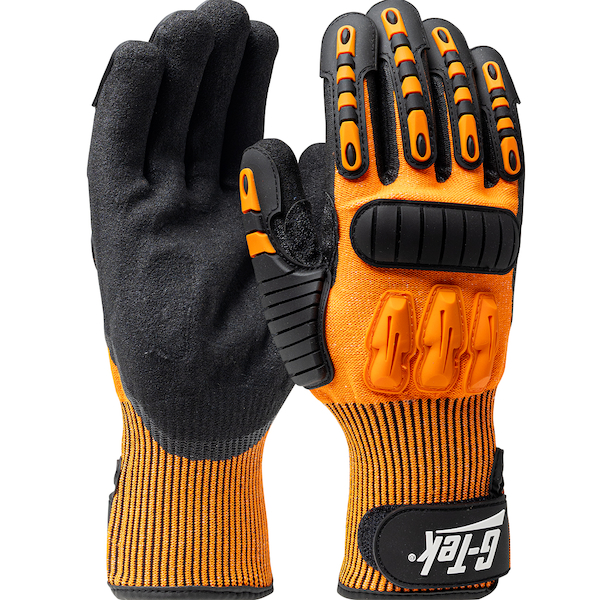 Hi Performance GloveG-Tek®120-5150
Hi Performance GloveG-Tek®120-5150
 Safety HelmetsKilimanjaro™280-HP642RV-CH
Safety HelmetsKilimanjaro™280-HP642RV-CH
 Arc Protection KitsPIP®9150-52436
Arc Protection KitsPIP®9150-52436
 Extended Use Disposable GlovesGrippaz™ Engage67-307
Extended Use Disposable GlovesGrippaz™ Engage67-307
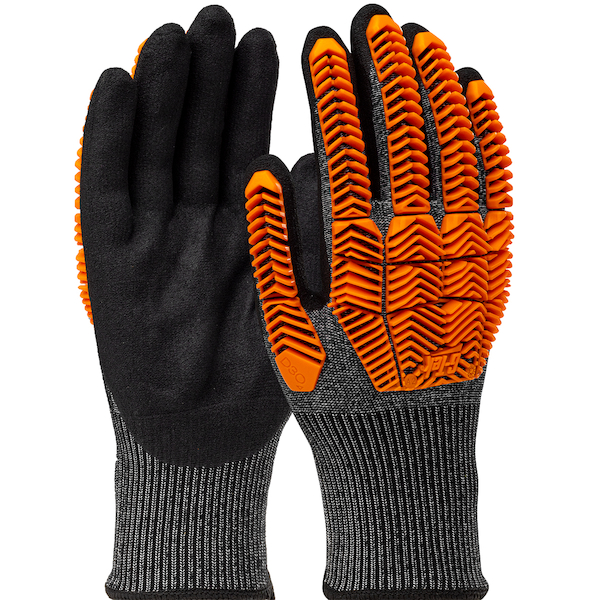 Hi Performance GloveG-Tek® PolyKor®16-MPT630
Hi Performance GloveG-Tek® PolyKor®16-MPT630
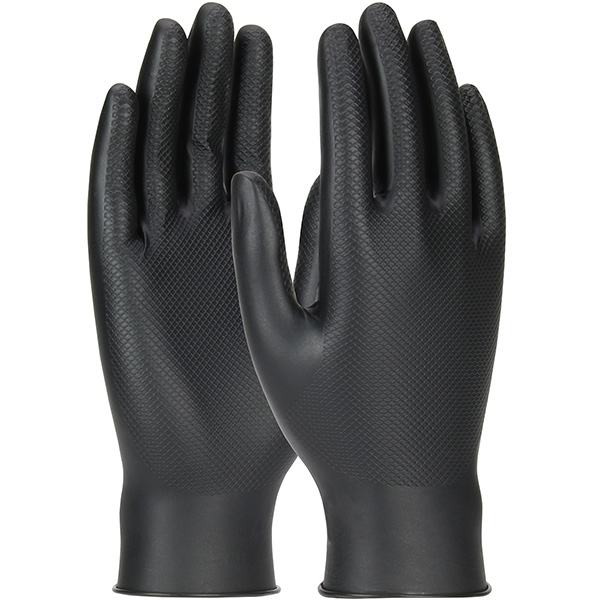 Extended Use Disposable GlovesGrippaz™ Skins67-246
Extended Use Disposable GlovesGrippaz™ Skins67-246
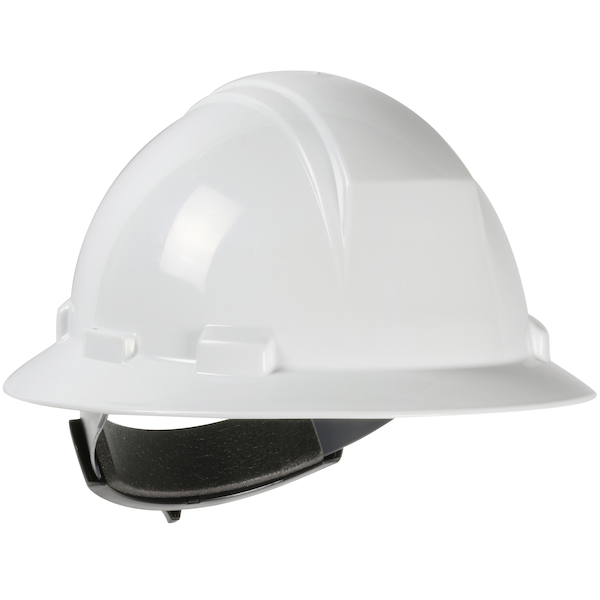 Hard HatsKilimanjaro™280-HP642R
Hard HatsKilimanjaro™280-HP642R
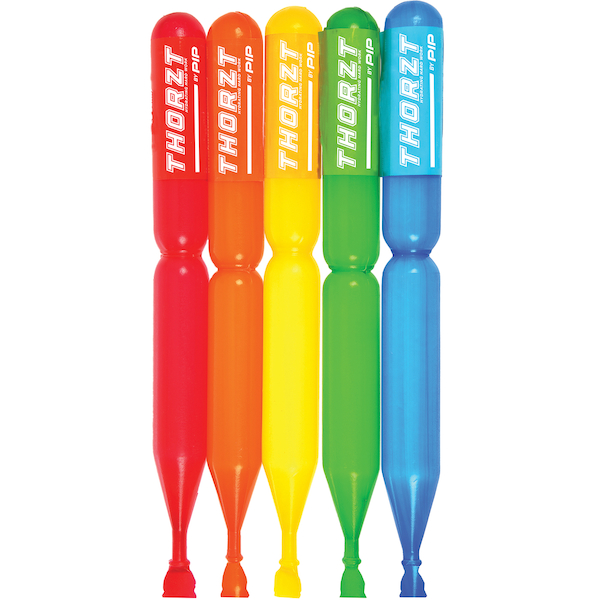 HydrationTHORZT™ICEMIX
HydrationTHORZT™ICEMIX
 Cut Resistant GlovesG-Tek® PolyKor®16-560
Cut Resistant GlovesG-Tek® PolyKor®16-560

















